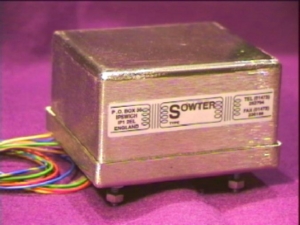| Magnetic fields can't be shielded in the traditional sense. They can be redirected through a material that has very high magnetic permeability. Off
the top of my head, steel has a moderately high permeability. Lead is effective for shielding EM waves (ex: x-rays) but is probably totally
ineffective as a magnetic 'shield'. |






